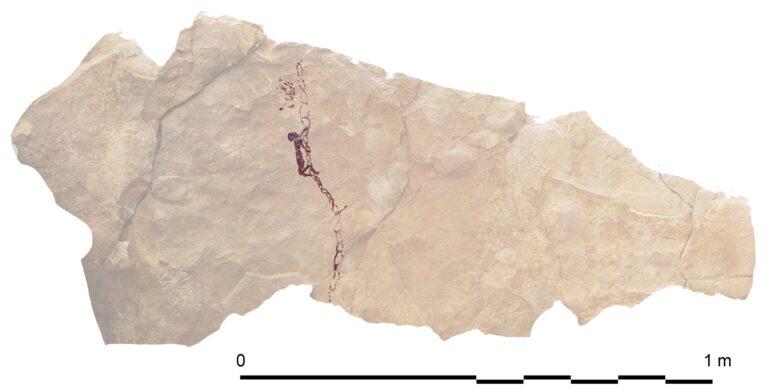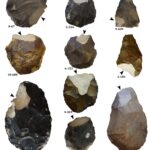Spanish Levantine societies mastered climbing and the use of equipment that minimised the risk of practising it as far back as prehistoric times
Some cave traditions, particularly Spanish Levantine rock art, offer unique graphic evidence showing that societies in Eastern Spain mastered climbing and the use of equipment that minimised risks during its practice, according to an article published in the Cambridge Archaeological Journal by the researchers Manuel Bea (University of Zaragoza), Dídac Román (Universitat Jaume I) and Inés Domingo (ICREA/University of Barcelona).
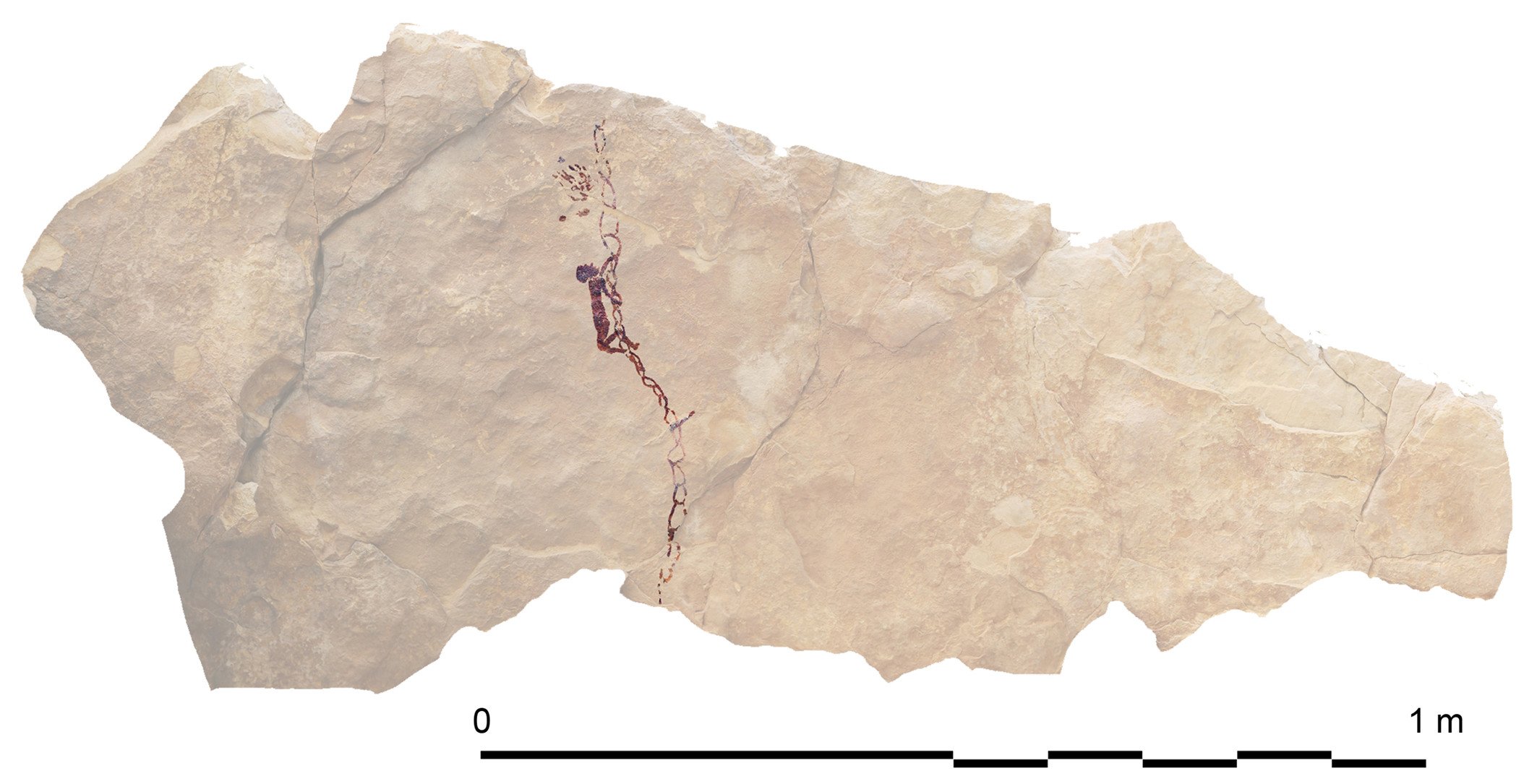
Spanish Levantine rock art offers the best examples anywhere in Europe of pictures showing various uses of ropes, including climbing. The scene recently discovered at the Barranco Gómez site (Teruel) depicts the most complex use of ropes seen to date in Spanish Levantine art. On the basis of this scene illustrating the use of a rope ladder to reach a beehive, this study explores the representations that exist to provide further insights into their use and the technologies that made them possible.
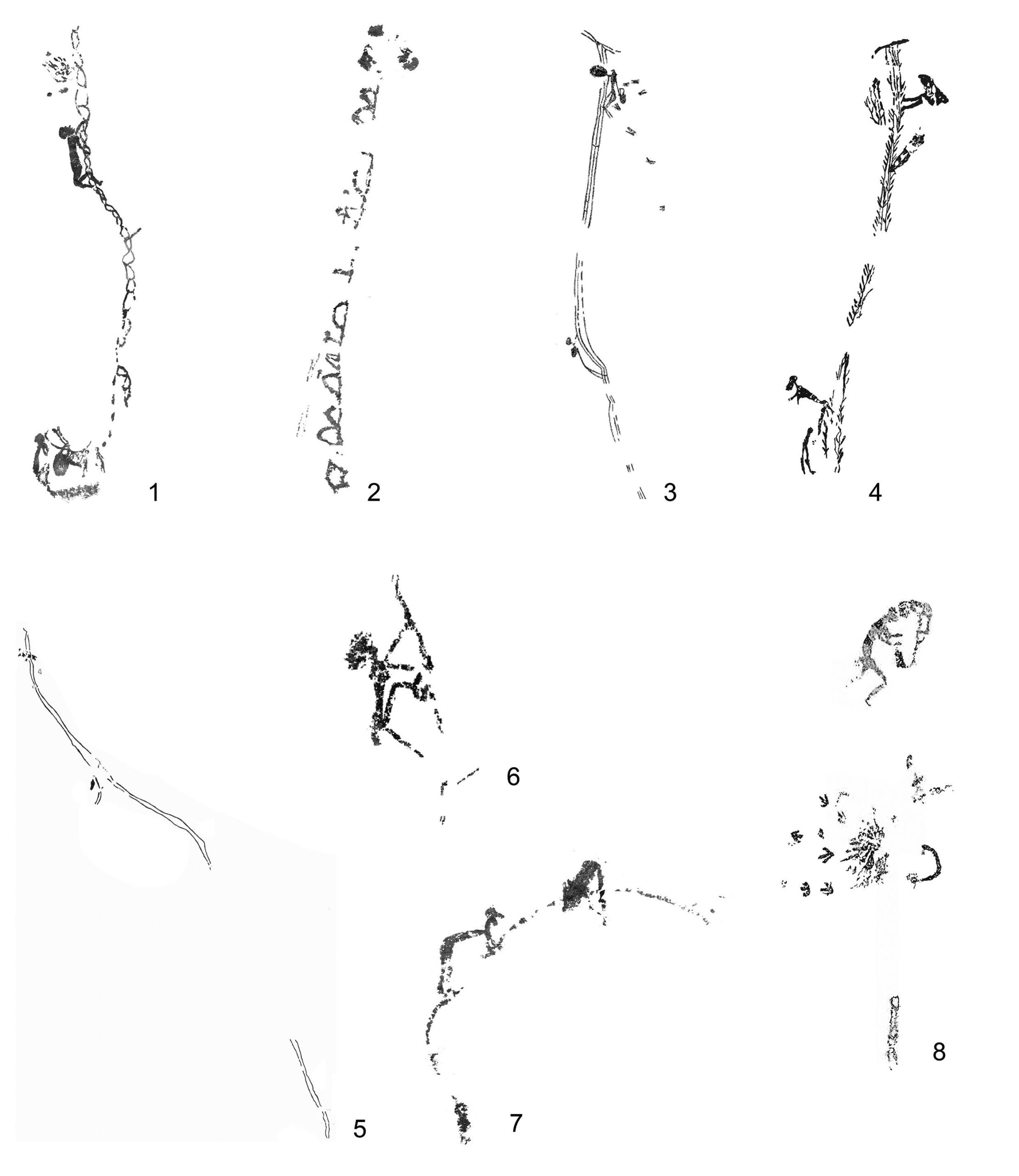
Detailed observation of the representations that exist in Albacete, Castelló, Huesca, Teruel and Valencia does not allow us to identify the techniques applied to make the ropes (twisted or braided fibres), but their use and length show that Spanish Levantine societies were technologically advanced in the production of good quality ropes and had a well refined technique adapted to the production of long ropes for climbing activities.
Collecting honey is the only well-defined activity in the representations studied. The production of a rope of around 25 metres in length must have involved a lot of time and effort, both to collect the raw materials and to actually make it. The risk of climbing to this height with only simple rope ladders shows how important collecting honey and wax was for these groups of people.
Bee products were important in prehistoric times for a variety of economic, technological and cultural functions (as food, for their high calorific value, or for making tools). The scenes show a variety of climbing systems, which researchers have divided into two groups according to their size, morphology and flexibility: rigid ladders or masts and flexible systems, presumably also related to the use of different raw materials.
Although Spanish Levantine rock art is widely distributed, the representation of climbing systems (ropes and ladders) is grouped in two regions: the Maestrazgo in the north (Castelló and Teruel) and the Caroig Massif in the south (Alicante). This leads the research team to believe that it reflects some kind of behaviour, territorial code or the symbolic value attached to it.
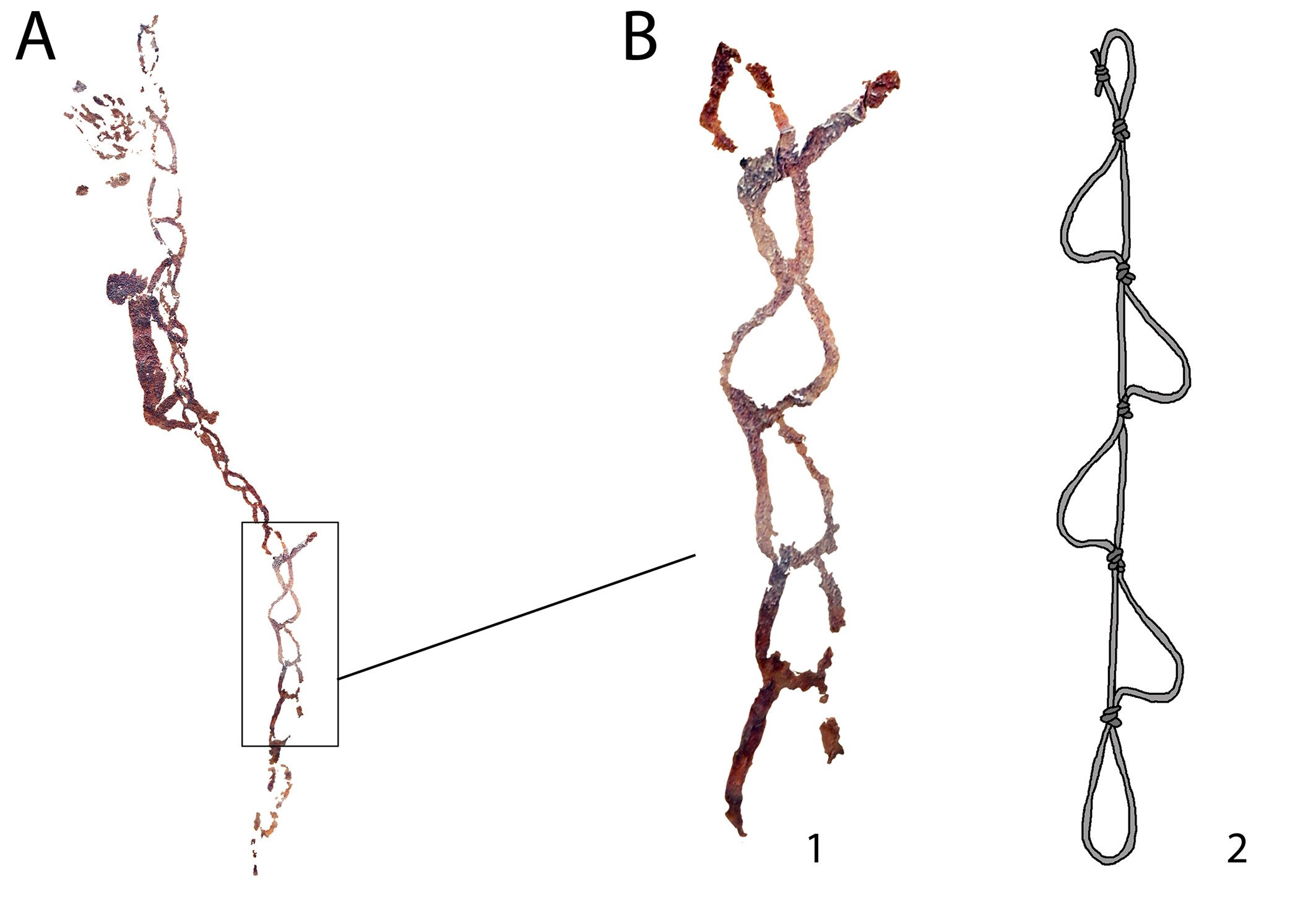
Most of the scenes analysed in this study are well known, but the details of the ropes and their technology had not been studied as a whole. Both the materials to make them and the actions to create them are almost invisible in the archaeological records and do not allow us to trace them back to their origins in time. The analysis of the descriptions carried out by other researchers and by the research team itself in the different locations has allowed us to gather evidence on their structure and how they were used and made. It also highlights the potential of rock art to illustrate ephemeral practices and uses of perishable materials.
Spanish Levantine rock art is a unique post-Palaeolithic artistic phenomenon in Europe, exclusive to the eastern side of the Iberian Peninsula, with more than a thousand sites recorded to date. A World Heritage Site since 1998, it offers an “exceptional image of human life at a critical stage of its development”. It is a naturalistic art with a strong narrative component, involving humans and their material culture in dynamic scenarios described today as hunting, warfare, social activities or gatherings, among others.
The research team consisted of Manuel Bea, from the Department of Antiquity Studies at the University of Zaragoza; Dídac Román, coordinator of the PRE-EINA Group – Interdisciplinary Studies and New Applications in Prehistory at the Universitat Jaume I of Castelló; and Inés Domingo, ICREA researcher in the Department of History and Archaeology at the University of Barcelona.
Their work has been funded by the European Research Council (LArcHer Project funded by a Consolidator Grant – grant agreement no. 819404); the Ministry of Science, Innovation and Universities (HAR2016-80693-P); the Valencian Government (CIDEGENT/2018/43) and the Ministry of Economy and Competitiveness (HAR2017-85023-P).
Bibliographic information:
Press release from Universitat Jaume I

